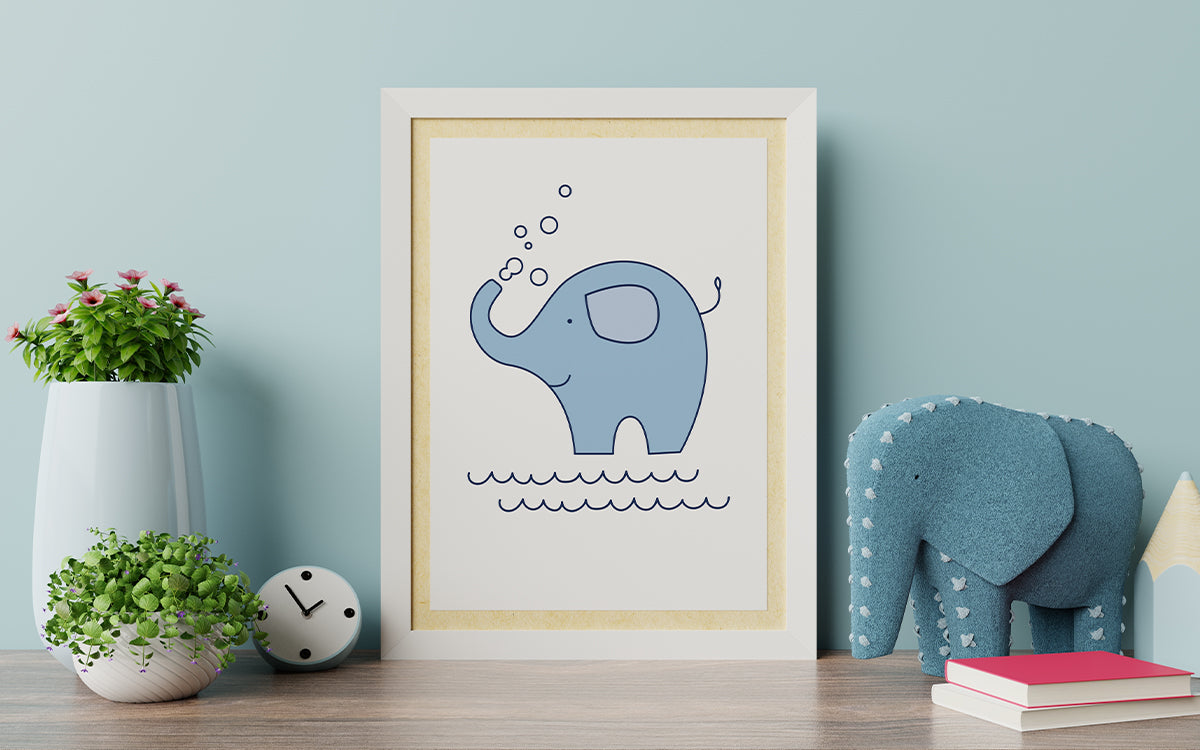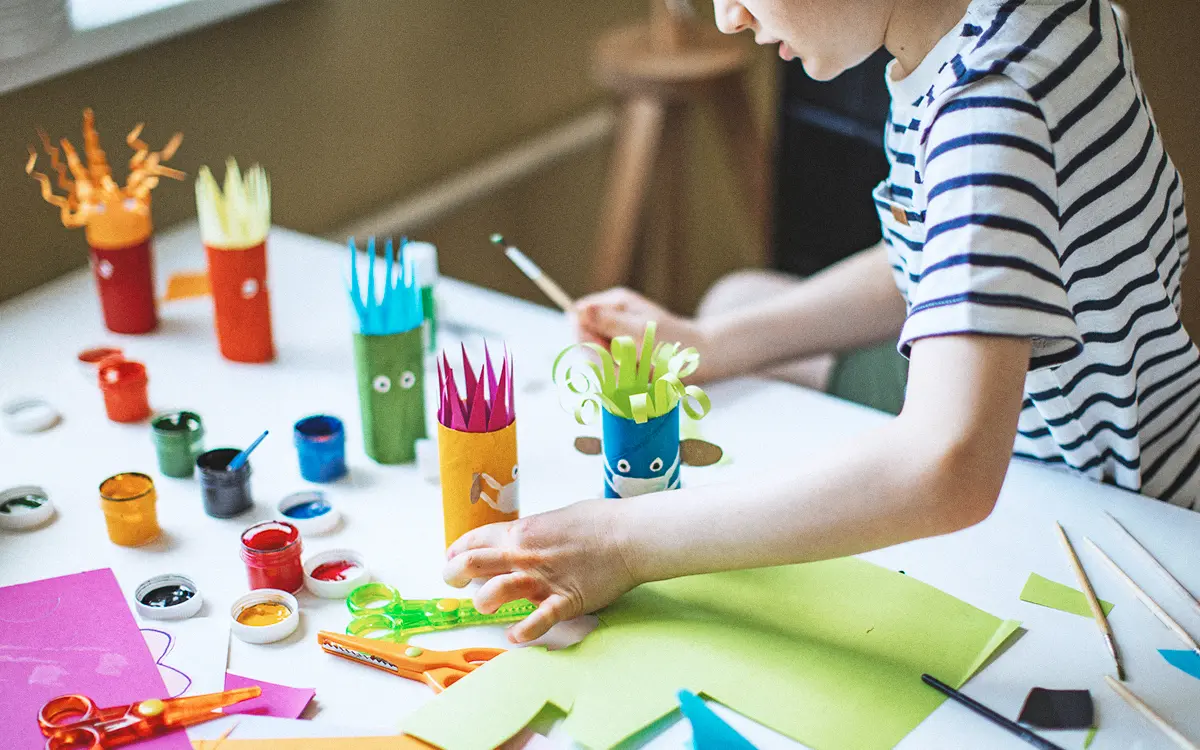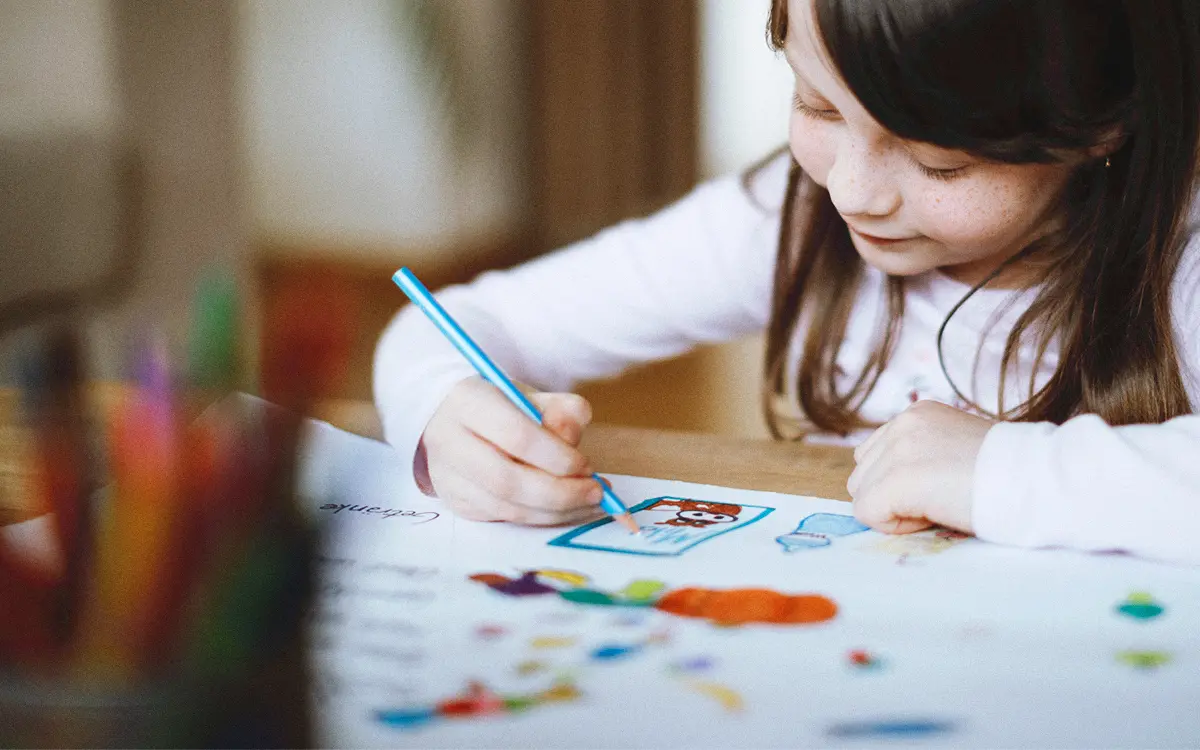It's over 149 million kilometers away from Earth – and yet it's so powerful that it warms us and makes life on Earth possible in the first place: the sun! But its power can also damage our skin if we don't protect ourselves from its UV rays. That's why it's important to give children an idea from the very beginning of how strong the sun's power is – and that we need to protect our skin from it. As with many things, the best way to do this is through play. That's why Bübchen provides inspiration for small solar experiments that help children better understand the significance of the yellow fireball.
Applying sunscreen is not fun for every child – it takes time
And what child likes to practice patience? But when it comes to sun protection, parents shouldn't compromise. Children's skin absolutely needs to be moisturized when the UV index is 3 or higher, otherwise there's a risk of skin damage that often only becomes apparent in adulthood. Children's skin needs special protection because it's even more sensitive than adults'. It's thinner and has less melanin and moisture, allowing UV rays to penetrate even deeper. These are all reasons that parents certainly understand, but how can children be convinced that sun protection is important?
HOW STRONG THE SUN IS – CHILDREN ON A JOURNEY OF DISCOVERY!
Children love little experiments! This is how they learn and understand the world. That's why Bübchen has put together some experiments that will help children playfully understand the power of the sun—and are guaranteed to make their next sunscreen application look different!
1. The Fire Experiment: Experience the power of the sun!
Note from Bübchen: please only carry out the experiment in the presence of an adult!
With this little trick, we'll use the power of the sun to make paper burn – and demonstrate that the sun is strong, and if we don't protect ourselves, it can be dangerous. That's why we should moisturize our skin with sunscreen products specifically for babies and children, such as those from Bübchen, when we're outdoors.
For the experiment we need:
- a fireproof base
- tissue paper
- a magnifying glass
And here's how it works:
- Place the tissue paper on the fireproof surface and place the magnifying glass over it in direct sunlight
- the paper will start to burn after some time
2. The rainbow experiment: We make invisible light visible!
Sunlight isn't just one color. This can best be illustrated with a simple mirror experiment. It shows that the sun emits invisible radiation, such as UVB radiation. And this is what causes sunburn.
For the experiment we need:
- a pocket mirror
- a deep plate filled with water
- a white wall
And here's how it works:
- place the plate on a table on which the sun's rays shine
- Hold the pocket mirror in the water so that the sun's rays fall on it and are reflected onto the white wall
- If the mirror is aligned correctly, the colors of sunlight – the so-called spectrum – shimmer on the wall; these are the same colors that can be observed in a rainbow
3. The heat experiment: Earth and water in comparison!
The sun can do much more than just provide warmth – it even creates winds. Solar radiation heats the Earth much more than water, which is why continents warm up faster than oceans. This creates zones of different air pressure.
To balance pressure differences, winds form. A simple experiment shows children that the sun actually heats the earth and water very differently.
For the experiment we need:
- a cup of soil and a cup of water (Note: Both cups should be the same size)
- a thermometer
And here's how it works:
- Place both cups in the sun and measure the temperatures in the cups after a few hours; the earth will be warmer than the water
- Measure both cup contents again after one night: Now the water will be warmer than the earth, as it retains heat better

4. The sundial experiment
Children are fascinated by shadow play from an early age and ask: How is a shadow created and why does it change throughout the day? Our sundial experiment is very simple and very popular when it comes to showing children how sunlight influences the formation of light and shadows.
For the experiment we need:
- a stick about one meter long
- several small sticks
And here's how it works:
- Put the stick into the ground in a sunny place at a full hour in the morning, for example at 9 o'clock
- Observe the shadow of the stick every hour and mark the respective location with a small stick in the ground; this creates the “dial” of a clock
The explanation: When the sun's rays hit the stick, they are stopped. This creates a shadow behind the stick. This shadow moves in a circle throughout the day as the Earth rotates. The different lengths of the shadows are explained by the sun being lower in the sky in the morning and afternoon. This phenomenon causes longer shadows. At midday, the sun is at its highest, and the sun's rays are at their most intense, because the rays hit the Earth—or our skin—almost unhindered. Therefore, we should spend midday well protected in the shade or indoors.
And with all our outdoor sun experiments, we should not forget one thing: always apply sunscreen thoroughly!





